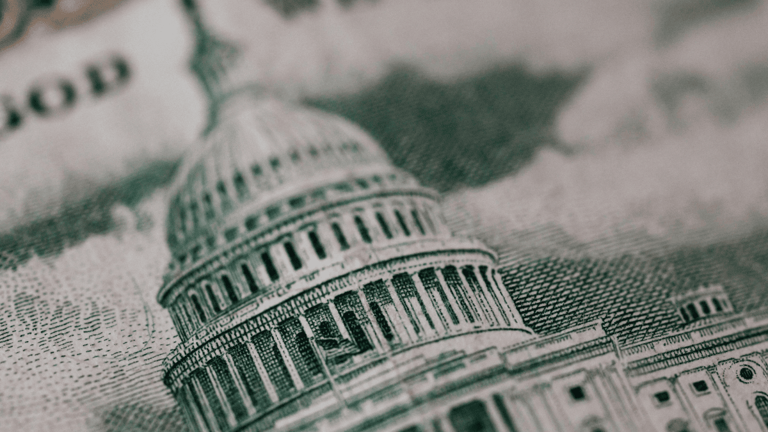“After 14 years of brutal war and the fall of the dictatorial regime, the people of Syria can seize an historic opportunity to build a stable and peaceful future… the future of Syria is a matter for the Syrians to determine.”
António Guterres, UN Secretary-General
Since conflict erupted in March 2011 following the Arab Spring uprisings, Syria has witnessed unprecedented devastation and displacement. According to the United Nations, more than 6 million Syrians have fled the country, 6.7 million are internally displaced and more than 14 million people are in need of assistance. Just as sobering, Syria remains the largest displacement crisis in the world, ranking among the 10 most food insecure countries globally.
Amid this devastating reality, Syrians have reason for hope. On December 8, news broke that long-time dictator Bashir al-Assad fled his presidential palace for exile in Russia after a rebel offensive led by Hayat Tahrir al-Sham (HTS) and the Syrian National Army.
The situation immediately shifted regional dynamics. In the days following, Iran evacuated 4,000 citizens and Russia withdrew soldiers (though is negotiating to maintain two military bases). Meanwhile, Türkiye and Qatar both reopened their Damascus embassies, with other Arab nations planning to do the same in coming days.
The Long Road to Rebuilding
As the world awaits what comes next, Syrians are focused on the hard work of rebuilding a nation wrought by 14 years of civil war. That rebuilding requires a focus on several key elements.
For Syrians and global observers alike, the question of governance is being watched closely. There’s no question that the collapse of the Assad regime has left Syria’s political landscape fragmented and unstable. Hayat Tahrir al-Sham (HTS), an armed group designated as a terrorist organization by the UN Security Council, has emerged as the dominant force in Syria. HTS was listed in May 2014, when the Security Council Committee responsible for overseeing sanctions concerning ISIL and Al-Qaeda, and individuals associated with these groups, assessed that it had ties to Al Qaeda. As recently as July 2024, the committee’s monitoring team wrote a report in which they said that HTS is the predominant terrorist group in northwestern Syria. The presence of these factions certainly raise fears of continued instability and conflict.
Then there is the question of accountability. For millions of victims, the process of rebuilding demands holding the Assad regime accountable. Although arrest warrants exist for Assad and others, the International Criminal Court (ICC) has yet to open an investigation due to Syria’s non-membership in the Rome Statute and because Russia and China vetoed a UN Security Council referral to the ICC. Just as problematically, destruction of the presidential palace raises concerns about preservation of evidence crucial for future war crimes trials. Justice may take years, but is essential to Syria’s healing and democratic transition.
Critically, the regime’s collapse has exacerbated Syria’s already dire humanitarian conditions. Management of refugee camps and prisons in northeastern Syria, where thousands of fighters and their families are held has created a logistical and humanitarian crisis. Today, nine in ten Syrians live below the poverty line.
And then there are the very real concerns over regional geopolitics. Working through Kurdish security partners, the U.S. has an active presence to suppress ISIS in northeastern Syria and control the land bridge between Iran and the Mediterranean. Türkiye opposes these U.S. partners because it does not want a Kurdish presence near its border. Meanwhile, Russia uses its bases in Syria to project power across North Africa, the southern Mediterranean basin and the Middle East. Iran similarly uses Syria as a key node for its security operations across the region.
A Blueprint for the Journey Ahead
As conversations unfold about the future and the incredibly complex conditions Syrians now face, it’s important to consider one framework essential at this moment: UN Security Council Resolution 2254.
Adopted unanimously in 2015 with significant support from the U.S. — which chaired the Security Council at the time of its passage — Resolution 2254 provides a roadmap for post-war Syria. It calls for a Syrian-led, UN-supported political process to establish an inclusive, non-sectarian government, starting with the drafting of a new constitution. This process is designed to lead to free and fair elections, overseen by UN international observers.
At the time of its passage, ending the war in Syria — let alone imagining a democratic transition — seemed impossible against the backdrop of daily escalation in violence.
Now, however, the prospect feels much closer to reach.
Resolution 2254 was passed nearly a decade ago with every expectation that December 8 would come. And when it did, a roadmap would be needed to ensure the Syrian people could take back their nation as peacefully and orderly as possible. Resolution 2254 reiterates that “the only sustainable solution to the current crisis in Syria is through an inclusive and Syrian-led political process that meets the legitimate aspirations of the Syrian people,” and calls on the international community to support this vision. The Resolution is built upon the hard-fought Geneva Communiqué of 2012, which spelled out negotiated principles for a transition mediated by the UN, U.S., and Russia with the Syrian opposition and Assad regime. (The UN Secretary-General expelled Iran from the talks over its refusal to endorse the goal of the negotiations, which was to pave the way for democratic elections in Syria.) The Security Council recognizes that the path forward for Syria will require an inclusive and carefully managed political transition, but the Council will need to manage significant great power interests in the country to ensure Syrians themselves have the chance to determine their own future.
So as we monitor developments from Syria, we’re keeping an eye on how Resolution 2254 will and must be implemented as a tool for the rebuilding of a nation and, perhaps, a blueprint for other countries across the region.




